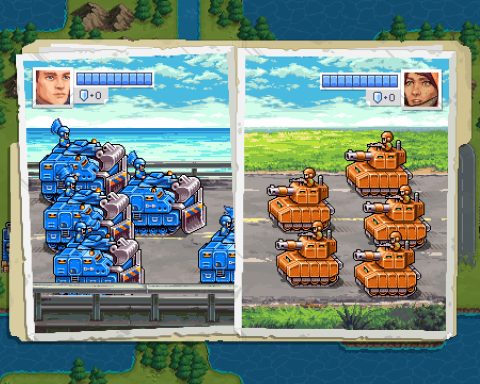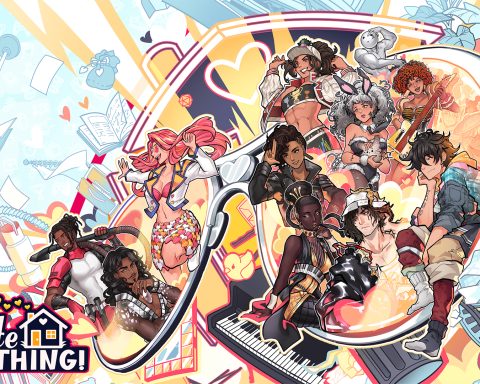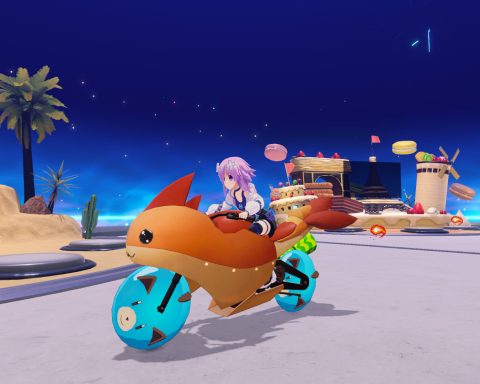 Review by Clark A.
Review by Clark A.
It takes only a handful of screenshots to ascertain End of Serenity’s role as a retro-style, Final Fantasy clone. As yet another JRPG being released late in the aging PSP’s life, it doesn’t exactly have grand expectations riding on its shoulders. That lack of hype is probably fortuitous because End of Serenity offers little we haven’t seen before.
The game itself is rarely anything more complex than fighting off wards of foes on the world map, travelling from one town to the next, and grabbing the next tier of equipment or some snazzier spell equivalents, but it’s able to hold your attention for when the boss bouts arrive. Even these epic encounters don’t require a great deal of intellect since the player levels up so fast that raw power and healing can get the job done, but the higher stakes and lengthier exchanges add some much-needed intensity when appropriate.
– Clark A.
Anime Editor
Email me at: clarka@digitallydownloaded.net










